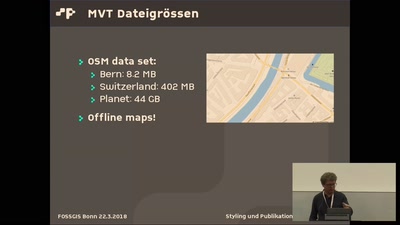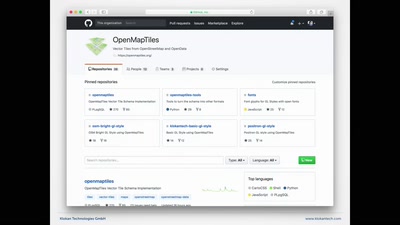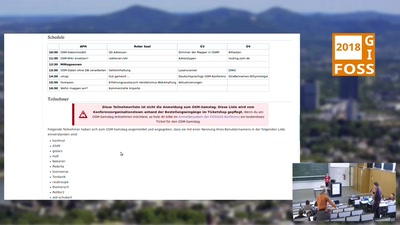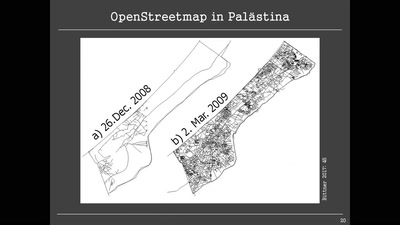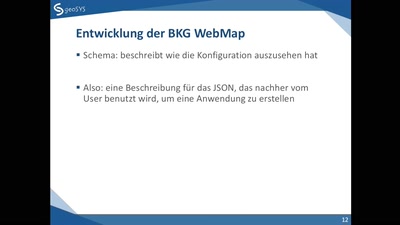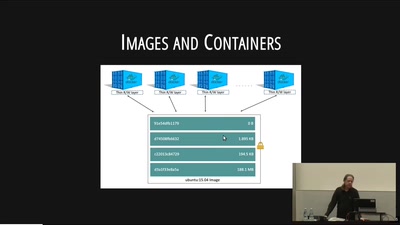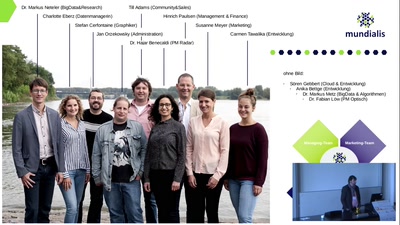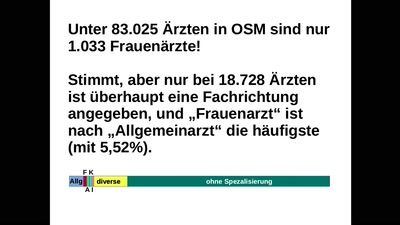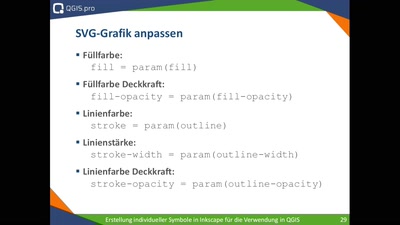Erdrutsche stellen eine grosse Bedrohung für Bogota dar. Das starke städtische Wachstum, die steile Landschaft und die heftigen Regenfälle spielen eine wichtige Rolle. Die analysierte Fläche umfasste über 16000 Ha. Dies ergab ein sehr großes Datenvolumen, deshalb brauchte man effiziente und robuste Softwaretools. Deswegen war GRASS GIS das beste Tool um die diversen Geoprozesse durchzuführen. Die Ergebnisse dieses Modells werden in den nächsten 15 Jahren von der Stadtverwaltung Bogota genutzt um die Sicherheit ihrer Bürger zu gewährleisten.
A land management plan (Plan de Ordenamiento Territorial, POT) is an instrument for planning the land-use of a territory considering physical, social and economic aspects. In the frame of the POT’s upgrading, the risk management plays an important role in conservation of human lives, prioritization of territory’s land-use as well as the formulation to reduce the fiscal vulnerability of the territorial institutions when a disaster occurs e.g. landslides. Landslides represent a rampant danger in Bogota’s hillside area because of accelerated urban growth, steep topography, low quality materials and abundant rain among other factors. It is calculated that more than 3 500 000 people live in such risky zones.
This paper presents the methodology followed to obtain a landslide hazard map -which will be in force in 2017- produced by an interdisciplinary team formed by geologists, geotechnical and GIS specialists.
Conveniently, Open Source and commercial software was used: since the study area covered a considerable part of Bogota’s urban region 16 000 ha, the vast volume of information demanded a quite efficient and robust software. Thus, GRASS GIS software was used to carry out many geoprocessing tasks, while automation of some geoprocesses was implemented with commercial software. The methodology used consists of the combination of two partial results, the first one regarding to susceptibility and triggering variables affecting the hillside stability while the second had to do with stability of natural slopes.
To obtain those variables, geoprocessing was performed and in some cases very specific geomorphology algorithms, such as Terrain Classification from SAGA GIS, were used. At the end, map algebra was applied to combine them. Furthermore, stability of natural earth slopes was analysed with the support of hydrological modelling in GIS. From this new hazard map, civil works for disaster mitigation will be performed or resettlement of affected people will be recommended.

